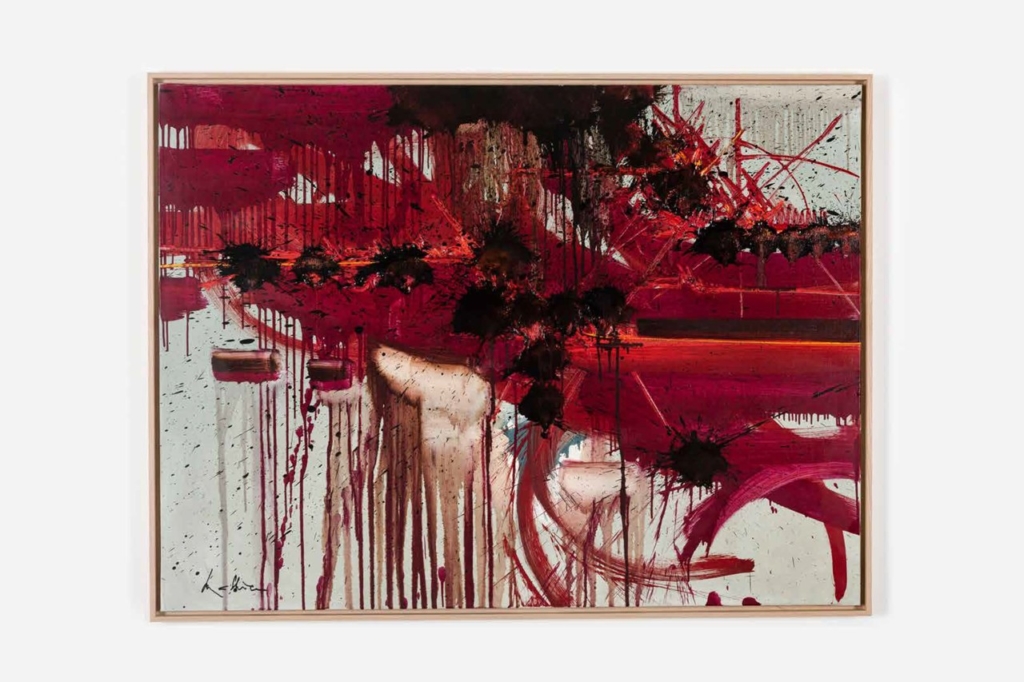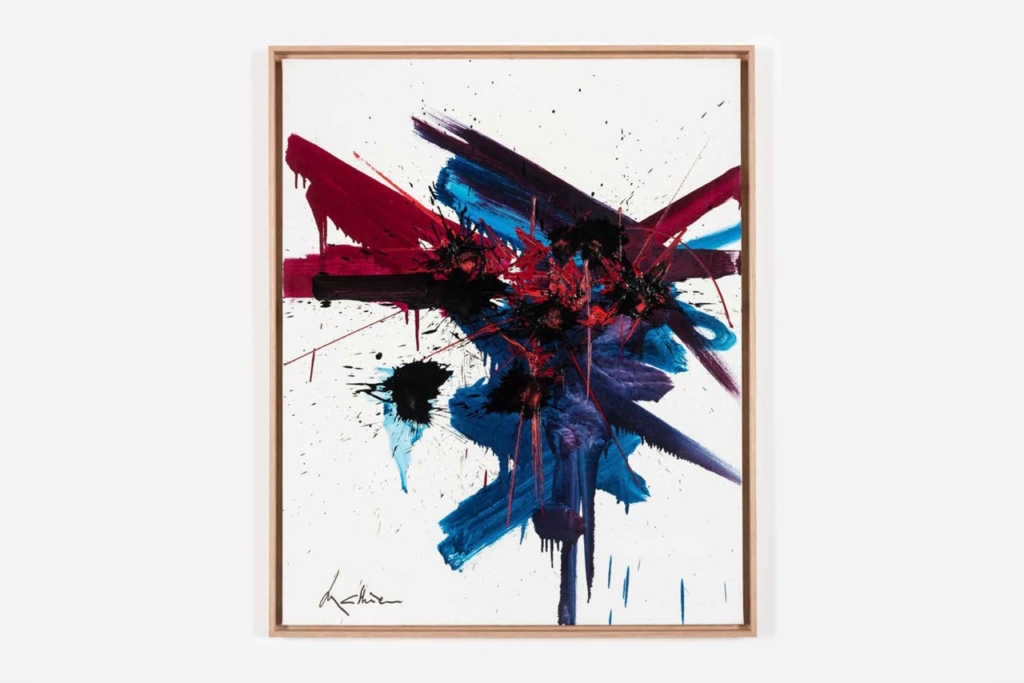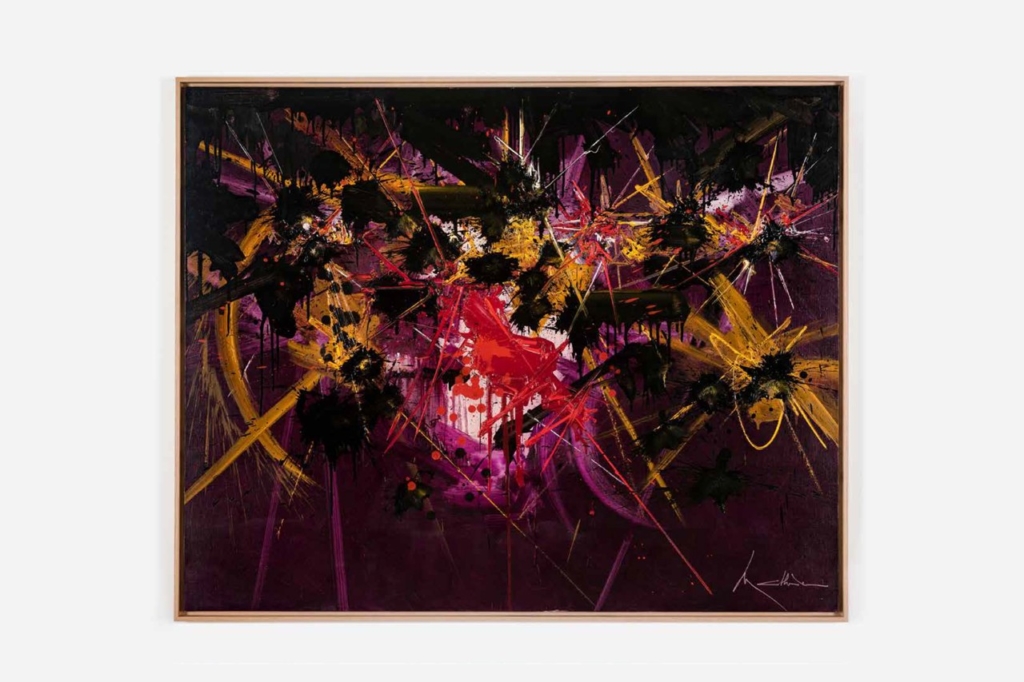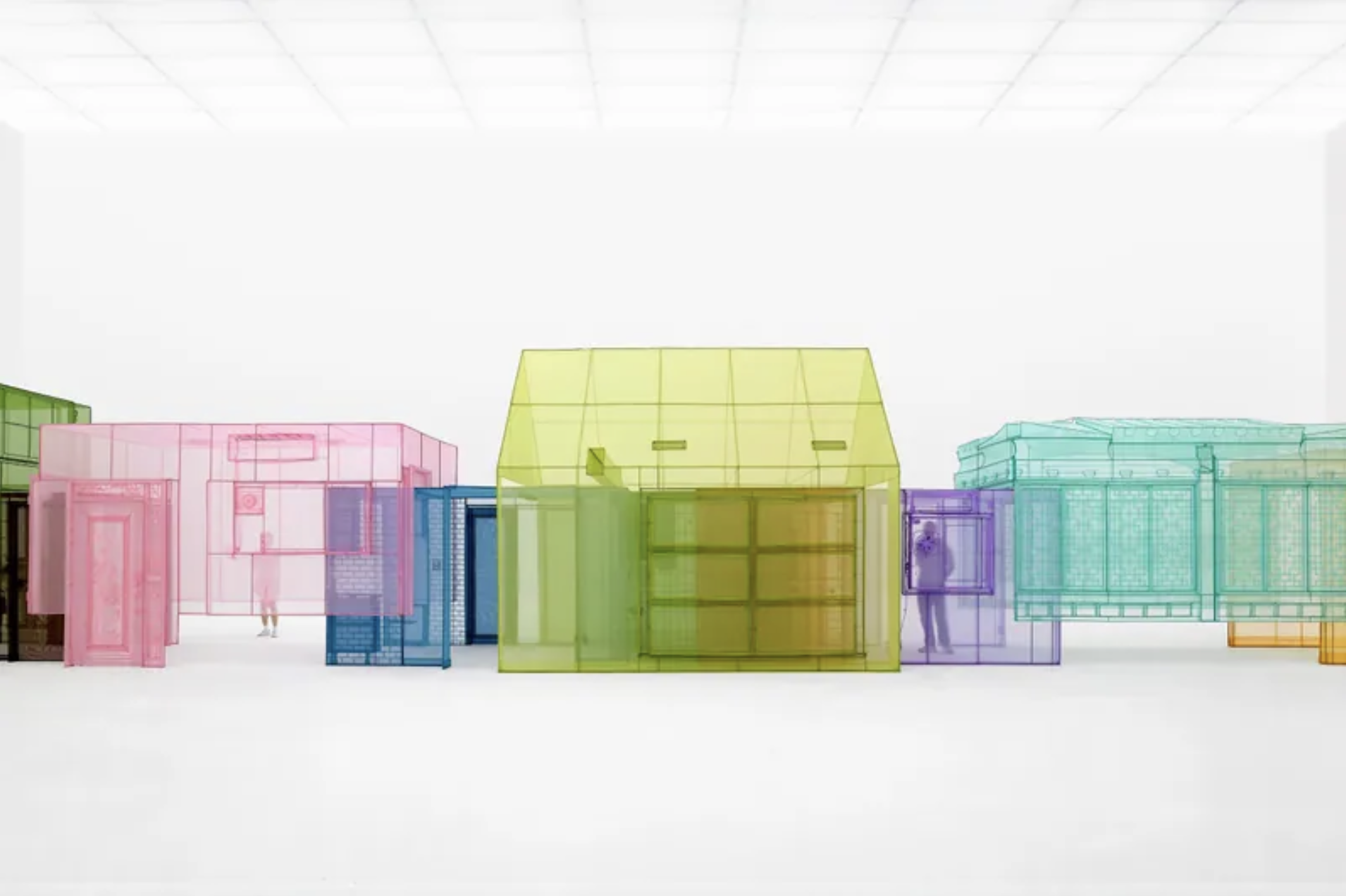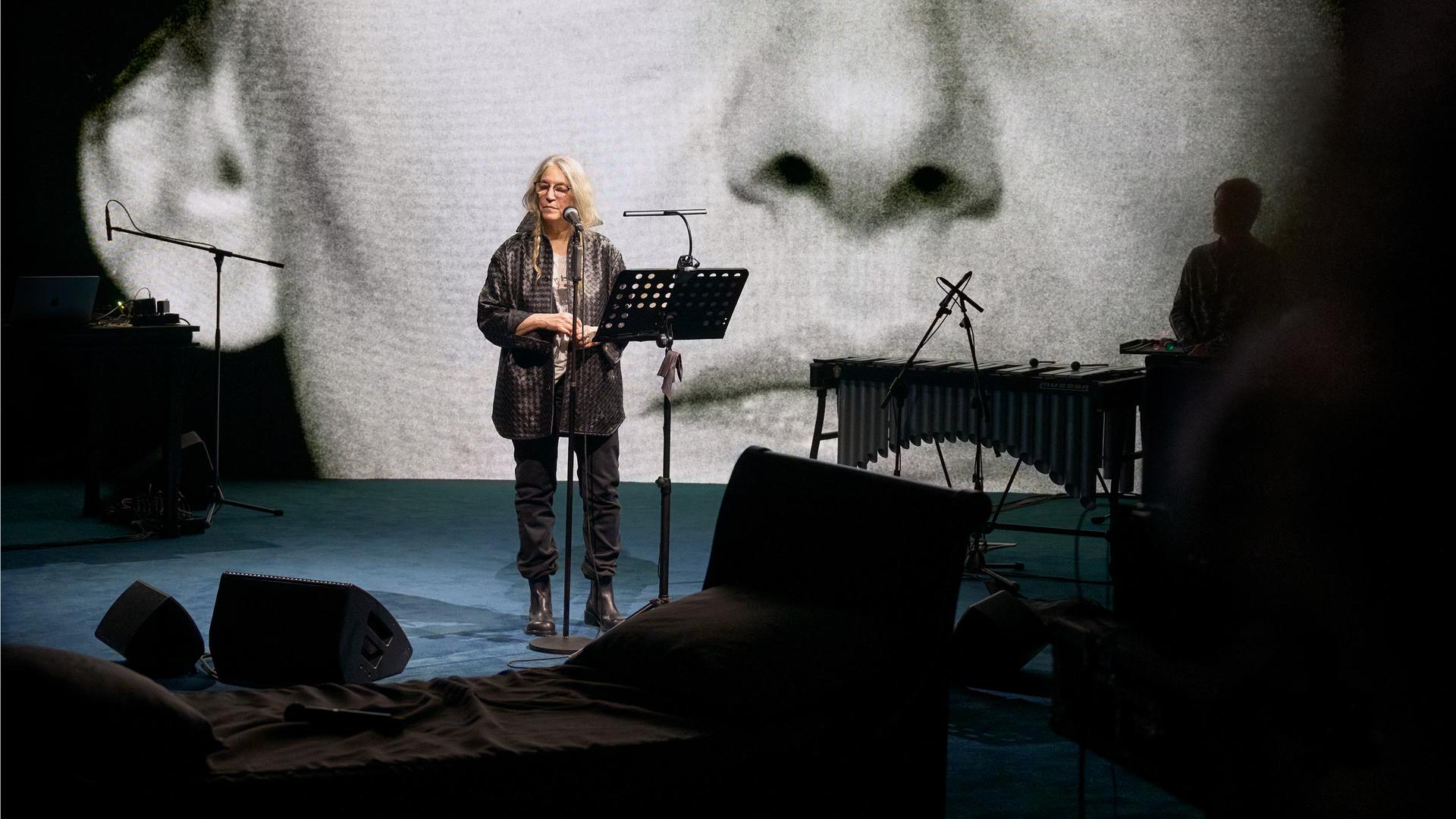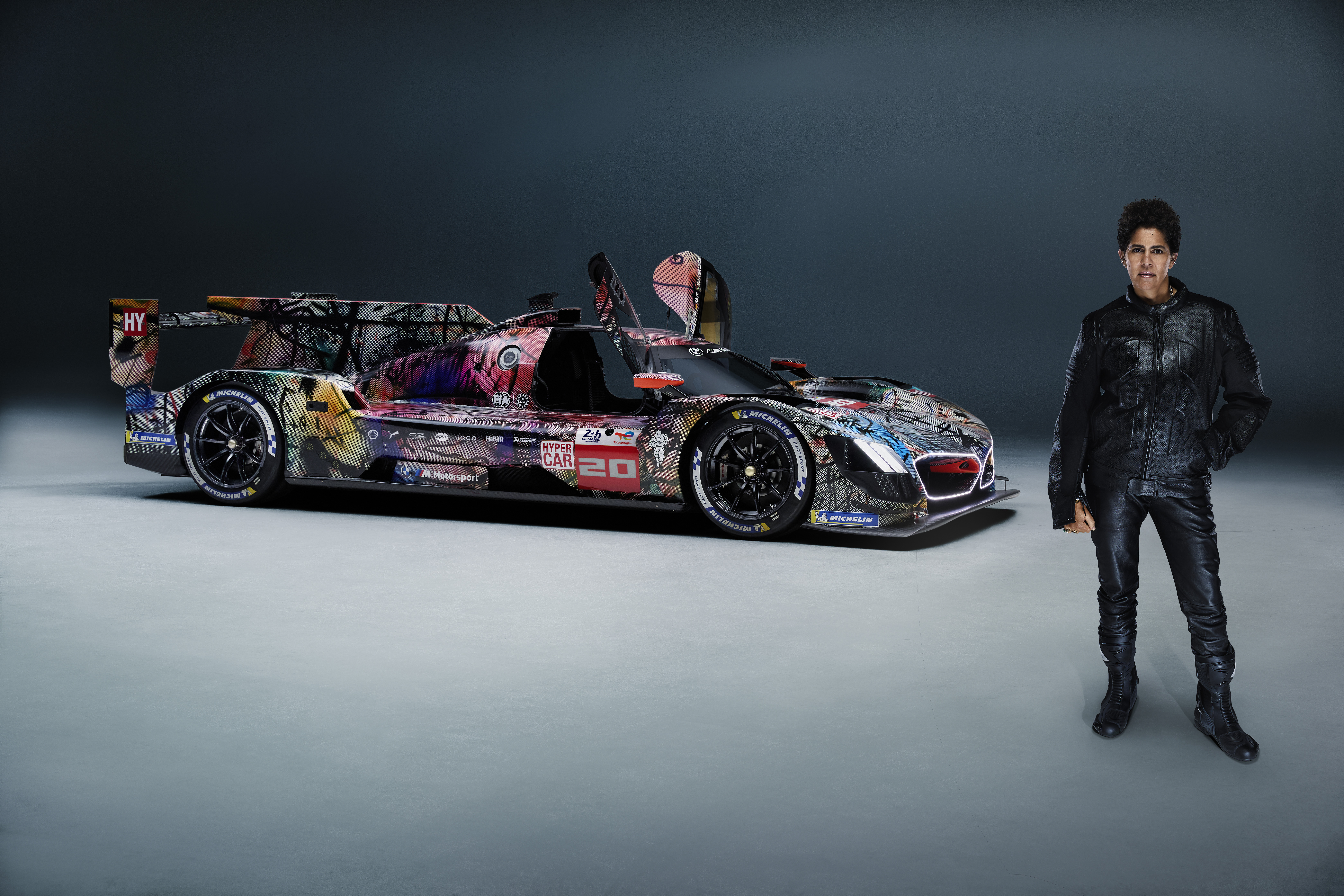Nahmad Contemporary, in partnership with Perrotin Hong Kong, has prepared an exhibition by the late French artist Georges Mathieu (1921–2012) that is opening tomorrow (November 21) and will be on view until December 21, 2019.
Known as one of the establishers of post-World War II movement Lyrical Abstraction and the pioneers of performance art, Mathieu left behind an unfailing body of work, and this exhibition explores a specific period in Mathieu’s vast and varied work – the 1980s, or more specifically, the years between 1983 to 1991, described as a turning point in artist’s practice where he returned to antigeometric lyricism and depicted his calligraphic language of the 1950s in a totally new form, corresponding to a strong current in painting that dominated France and Italy at that time. The works display vehement gestures, broken lines, explosions of painting and color, highly contrastive colors, and in some, the background forms a striking impression of cavernous depths.
Early in his career, Mathieu established a parallel between his work and Chinese calligraphy, notably their shared characteristic of spontaneity. Following a dialogue with Dr. Chou Ling and China’s 20th-century master of calligraphy Zhang Daqian in 1956, Mathieu published an essay titled “Connections between certain aspects of lyrical, nonfigurative painting and Chinese calligraphy”. In it, he asserted that unlike Western calligraphy, which was limited to the “art of copying”, the most liberated works of Lyrical Abstraction (he cited those of Pollock, Kline, Degottex, and Hantaï) underwent the same “processes” as the calligraphy of the Far East, exuding “a primacy of the speed of execution”, the absence of any “preexistence of form”, the absence of any “premeditation of gesture”, and an “ecstatic state”. Calligraphy was one of the hallmarks of Mathieu’s work. In the 1940s, he was the first to consider a theory of abstract calligraphy and the principle that signs could precede their meanings.
The artist’s trip to Japan in 1957 constituted a definitive chapter in the history of Action Painting for his performances in front of large audiences that were visionary and groundbreaking for their time. Kazuo Shiraga, a Japanese avant-garde artist, a prominent representative of the Gutai movement, stated that this new form of Action Painting “reveals the scream of matter itself, cries of paint and enamel”.
Below, take a look at select works from the exhibition open to the public November 21-December 21, 2019 at Perrotin Hong Kong, 50 Connaught Rd, Central, Hong Kong.


